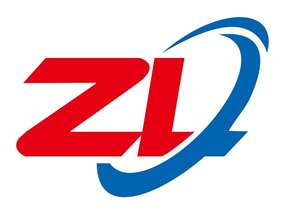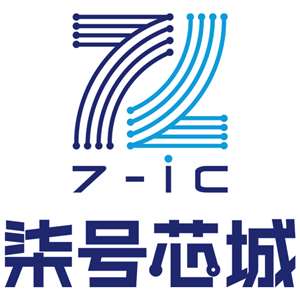W681360
4. TABLE OF CONTENTS
1. GENERAL DESCRIPTION.................................................................................................................. 2
2. FEATURES ......................................................................................................................................... 2
3. BLOCK DIAGRAM............................................................................................................................... 3
4. TABLE OF CONTENTS ...................................................................................................................... 4
5. PIN CONFIGURATION ....................................................................................................................... 6
6. PIN DESCRIPTION............................................................................................................................. 7
7. FUNCTIONAL DESCRIPTION............................................................................................................ 8
7.1. Transmit Path................................................................................................................................ 8
7.1.1 Input Operational Amplifier Gain............................................................................................. 9
7.2. Receive Path............................................................................................................................... 10
7.2.1. Receive Gain Adjust Mode................................................................................................... 11
7.3. Power Management.................................................................................................................... 11
7.3.1. Analog and Digital Supply.................................................................................................... 11
7.3.2. Analog Ground Reference Bypass ...................................................................................... 11
7.3.3. Analog Ground Reference Voltage Output .......................................................................... 11
7.4. PCM Interface............................................................................................................................. 12
7.4.1. Long Frame Sync................................................................................................................. 12
7.4.2. Short Frame Sync ................................................................................................................ 12
7.4.3. Special 16-bit Receive Modes.............................................................................................. 13
7.4.3.1. Sign-Extended Mode Timing............................................................................................. 13
7.4.3.2. Receive Gain Adjust Mode Timing.................................................................................... 13
7.4.4. System Timing ..................................................................................................................... 14
7.5. On-Chip Power Amplifier ............................................................................................................ 14
8. TIMING DIAGRAMS.......................................................................................................................... 15
9. ABSOLUTE MAXIMUM RATINGS.................................................................................................... 20
9.1. Absolute Maximum Ratings........................................................................................................ 20
9.2. Operating Conditions.................................................................................................................. 20
10. ELECTRICAL CHARACTERISTICS............................................................................................... 21
10.1. General Parameters ................................................................................................................. 21
10.2. Analog Signal Level and Gain Parameters............................................................................... 22
10.3. Analog Distortion and Noise Parameters ................................................................................. 23
10.4. Analog Input and Output Amplifier Parameters........................................................................ 24
10.5. Digital I/O .................................................................................................................................. 26
10.5.1. PCM Codes for Zero and Full Scale .................................................................................. 26
10.5.2. PCM Codes for 1kHz Digital Milliwatt ................................................................................ 26
11. TYPICAL APPLICATION CIRCUIT................................................................................................. 27
12. PACKAGE DRAWING AND DIMENSIONS.................................................................................... 28
12.1. 20L SOG (SOP)-300mil............................................................................................................ 28
12.2. 20L SSOP-209 mil.................................................................................................................... 29
12.3. 20L TSSOP - 4.4X6.5mm......................................................................................................... 30
12.3. QFN-32L ................................................................................................................................... 31
Publication Release Date: September 2005
- 4 -
Revision A.2




















![]()
![]()

![]()


![]()
![]()
